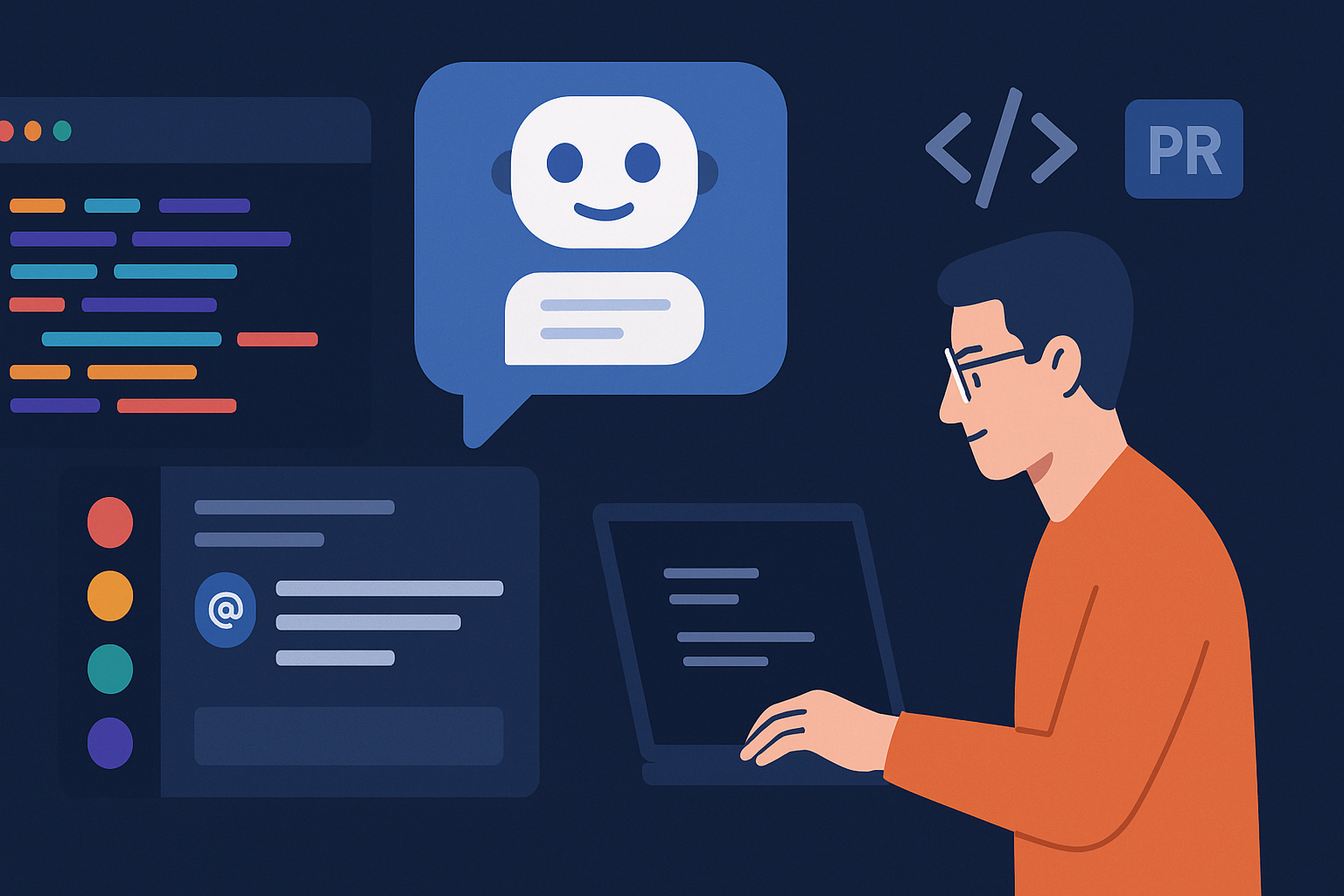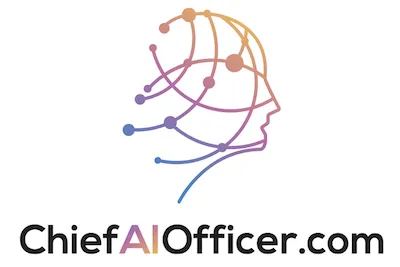40% of Workers Now Use AI Daily While 78% of CEOs Still "Evaluate Options" (The Gap Is Getting Dangerous)
The numbers just dropped, and they should terrify every executive who thinks they have time to "develop an AI strategy." More than 40% of U.S. employees now use AI tools at work, nearly doubling from 21% in 2023. While executive teams schedule another committee meeting about AI implementation, their own workforce is already living in an AI-powered reality.
This isn’t a gradual technology adoption curve that business leaders can manage through traditional change management processes. This is workforce transformation happening faster than organizational leadership can track, measure, or control. And the competitive implications are staggering.
The Workforce Revolution That’s Outpacing Leadership
Daily use of AI at work has doubled in the past year alone, rising from 4% to 8%. But here’s what should really get every CEO’s attention: this adoption is happening with or without executive approval, strategy, or guidance. Employees are bringing their own AI tools to work because they need productivity solutions that their organizations aren’t providing.
The data reveals a fundamental disconnect between workforce reality and executive perception. While leadership teams debate AI potential, their employees are already experiencing AI results. While executives worry about AI risks, their workforce is solving real business problems with AI tools every single day.
This gap between employee AI adoption and executive AI strategy creates competitive vulnerabilities that most leadership teams don’t recognize. Companies whose employees master AI tools individually will outperform companies whose executives control AI access centrally.
The White-Collar AI Advantage That’s Reshaping Competition
AI adoption is driven primarily by white-collar professionals, especially in technology, consulting, professional services, and finance sectors, where between one-third and one-half of employees report frequent AI use. Among all white-collar workers, 27% now use AI tools frequently, up 12 percentage points from the previous year.
Think about what this means for competitive dynamics in knowledge-based industries. Companies in technology, finance, and professional services aren’t just competing on traditional capabilities anymore—they’re competing on AI-augmented human performance. The workforce that masters AI tools faster creates sustainable competitive advantages.
The white-collar AI adoption pattern reveals why some companies are pulling ahead while others fall behind. Organizations that embrace and accelerate employee AI adoption gain compounding productivity advantages. Organizations that restrict or slow AI adoption limit their own competitive potential.
The Leadership Acceleration Gap
Leadership is embracing AI at an even faster rate than individual contributors: 33% of leaders report frequent use, nearly double the rate of individual contributors at 16%. This creates an interesting dynamic where senior executives understand AI value while middle management and frontline supervision lag behind.
The leadership adoption advantage demonstrates that AI proficiency increasingly correlates with organizational influence and decision-making authority. Leaders who master AI tools can process information faster, generate insights quicker, and make decisions with better data support than leaders who haven’t adopted AI capabilities.
This leadership AI gap has profound implications for organizational performance. Companies where senior leadership models AI adoption create cultural momentum for enterprise-wide implementation. Companies where leadership remains AI-hesitant signal to their workforce that AI adoption isn’t strategically important.
The Strategy Communication Crisis
Despite rapid AI adoption, only 22% of employees say their company has communicated a clear AI strategy, and just 30% report that basic guardrails for AI use are in place. This represents a massive organizational risk that most executive teams are ignoring.
When 40% of employees use AI tools without organizational strategy or guidance, companies lose control over data security, quality standards, and competitive information. Employees making individual AI tool choices don’t have enterprise security requirements, compliance obligations, or competitive strategy context.
The lack of clear AI strategy also represents missed opportunity for accelerated competitive advantage. Companies that provide strategic AI guidance and enterprise-grade tools can amplify employee AI adoption while maintaining security and competitive control.
The Frontline Worker Divide
AI adoption among frontline and production workers has remained flat, with only slight changes since 2023, highlighting a growing divide in workplace technology exposure between office-based and frontline roles. This creates a two-speed economy within organizations that have both knowledge workers and operational workers.
The frontline AI gap represents both risk and opportunity for executive teams. Companies that successfully implement AI tools for frontline workers can create competitive advantages in operational efficiency, quality control, and customer service that competitors can’t match through knowledge worker AI alone.
Organizations that ignore frontline AI implementation limit their competitive potential to white-collar functions while missing opportunities for AI-driven operational excellence. The companies that bridge this gap will dominate their markets through comprehensive AI advantage.
The Real AI Applications Driving Results
The main uses of AI in the workplace include consolidating information, generating ideas, learning new skills, and automating basic tasks. These practical applications reveal how employees are actually creating value with AI tools rather than theoretical use cases that executives discuss in strategic planning sessions.
Information consolidation enables faster decision-making by reducing the time required to gather and analyze data from multiple sources. Idea generation accelerates innovation and problem-solving by providing creative starting points that human expertise can refine and implement.
Skill learning through AI tutoring and training accelerates workforce development and reduces the time required for employees to master new capabilities. Basic task automation frees high-value employees to focus on strategic activities that drive competitive advantage.
The Job Security Reality Check
While there are concerns about AI’s impact on job security, these concerns have not increased in line with adoption. Only 15% of employees believe it is likely that AI or automation will eliminate their jobs within the next five years, a figure unchanged over the past two years.
This stability in job security concerns, despite doubling AI adoption, reveals important workforce psychology. Employees who actually use AI tools understand that AI augments human capabilities rather than replacing human workers. The fear of job replacement is highest among employees who haven’t experienced AI collaboration.
The job security data suggests that successful AI implementation requires hands-on experience rather than theoretical education. Employees who work with AI tools develop realistic understanding of AI capabilities and limitations, reducing fear and increasing adoption effectiveness.
The Competitive Intelligence Implications
The 40% AI adoption rate means that nearly half the U.S. workforce has personal experience with AI productivity gains, quality improvements, and efficiency benefits. This creates a massive competitive intelligence advantage for companies that systematically capture and apply these individual AI insights.
Organizations that survey their AI-using employees about productivity gains, tool effectiveness, and application success can accelerate enterprise AI implementation based on proven use cases rather than theoretical possibilities. This bottom-up AI intelligence provides strategic advantages over top-down AI planning approaches.
Companies that ignore their workforce’s existing AI experience miss opportunities to accelerate competitive advantage by scaling successful individual AI applications across entire organizations.
The Innovation Speed Transformation
Daily AI use doubling in one year represents innovation adoption speed that traditional change management can’t support. Companies that approach AI transformation through committee-based decision-making and phased rollout strategies will find themselves permanently behind companies that embrace rapid AI adoption.
The innovation speed transformation requires executive leadership that matches workforce AI adoption pace rather than controlling or limiting that pace. Organizations that accelerate rather than regulate employee AI adoption will capture competitive advantages faster than organizations that prioritize control over speed.
This speed transformation affects every aspect of business competition, from product development and customer service to operational efficiency and strategic planning. Companies that operate at AI speed will dominate companies that operate at traditional business speed.
The Skills Development Revolution
AI adoption for learning new skills represents a workforce development revolution that most executive teams haven’t recognized. Employees who use AI tutoring and training tools can acquire new capabilities faster and more cost-effectively than traditional training programs provide.
This skills development acceleration creates competitive advantages for organizations that encourage and support AI-powered learning. Employees who can rapidly develop new skills through AI assistance provide more strategic value and operational flexibility than employees limited to traditional learning approaches.
The skills development revolution also creates workforce retention advantages. Employees who have access to AI-powered skill development are more likely to remain with organizations that support their professional growth through advanced tools and technologies.
The Data Security Challenge Hidden in Plain Sight
When 40% of employees use AI tools without enterprise guidance, organizations face data security challenges that most executive teams haven’t adequately addressed. Individual AI tool choices don’t include enterprise security standards, compliance requirements, or competitive information protection.
The data security challenge requires proactive executive leadership that provides secure, enterprise-grade AI tools rather than reactive policies that restrict employee AI adoption. Organizations that solve security through better tools rather than usage restrictions will maintain competitive AI advantages while protecting sensitive information.
Companies that respond to AI security challenges through restrictive policies will find their employees using AI tools anyway, creating security risks without capturing competitive benefits. The solution requires strategic AI implementation, not AI prohibition.
The Market Position Reality
Organizations where 40% of employees use AI tools have fundamentally different competitive capabilities than organizations where AI adoption remains limited to pilot programs or executive initiatives. This workforce AI fluency creates market positioning advantages that compound over time.
Companies with AI-fluent workforces can respond to market changes faster, implement new strategies more effectively, and deliver customer value with higher quality and lower costs than companies with traditional workforce capabilities.
The market position advantages created by workforce AI adoption become sustainable competitive moats as AI capabilities compound and workforce expertise deepens. Organizations that delay workforce AI adoption will find competitive gaps too large to close through traditional business improvements.
The Executive Decision Framework
The 40% AI adoption rate requires executive teams to make immediate decisions about organizational AI strategy based on workforce reality rather than theoretical planning. Executive teams can either accelerate and guide existing AI adoption or risk losing competitive advantage to organizations that embrace workforce AI transformation.
First, conduct immediate assessment of current employee AI tool usage, effectiveness, and security practices. Understanding existing AI adoption provides the foundation for strategic AI acceleration rather than starting from zero with theoretical implementations.
Second, provide enterprise-grade AI tools and training that build on employee AI experience rather than replacing individual AI initiatives. Organizations that enhance rather than restrict employee AI adoption will capture competitive advantages faster.
Third, establish AI governance frameworks that support rapid adoption while maintaining security and quality standards. Governance should enable and accelerate AI adoption rather than control and limit AI implementation.
Fourth, measure AI competitive advantage through business results rather than adoption metrics. Organizations that focus on AI-driven business outcomes rather than AI usage statistics will optimize implementation for competitive advantage.
The Timeline That Changes Everything
AI adoption doubling in two years establishes competitive timeline expectations that traditional business strategy can’t meet. Organizations that approach AI transformation through multi-year strategic planning will find themselves competing against organizations that achieved AI transformation in months.
The accelerated timeline requires executive leadership that makes decisions and implements solutions at AI speed rather than traditional business speed. Companies that match workforce AI adoption pace will dominate companies that maintain traditional change management timelines.
This timeline compression affects every aspect of competitive strategy, from product development and market entry to operational efficiency and customer service. Organizations that operate at AI speed will capture market advantages that organizations operating at traditional speed cannot challenge.
The Choice Every Executive Must Make
The 40% workforce AI adoption rate represents a competitive reality that executive teams can either embrace or ignore, but cannot control or reverse. The choice facing every executive team is whether to accelerate organizational AI transformation to match workforce capabilities or accept permanent competitive disadvantage.
Organizations that choose to accelerate AI transformation will capture sustainable competitive advantages through AI-augmented human performance that traditional approaches cannot match. Organizations that choose traditional approaches will find themselves competing against AI-enhanced organizations with fundamentally superior capabilities.
The evidence is overwhelming. The workforce is ready. The tools are available. The competitive advantages are documented. The only question remaining is whether executive leadership will match the speed and ambition that 40% of the workforce has already demonstrated.




